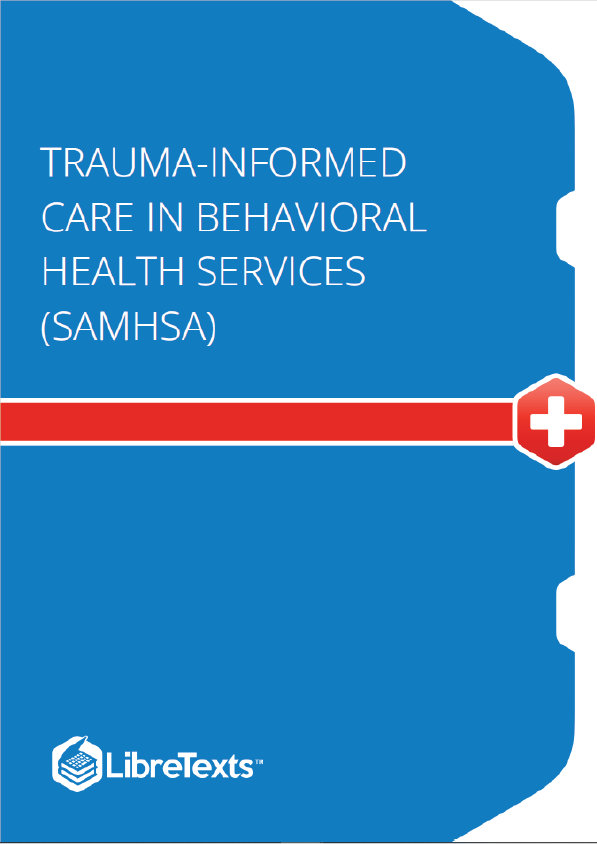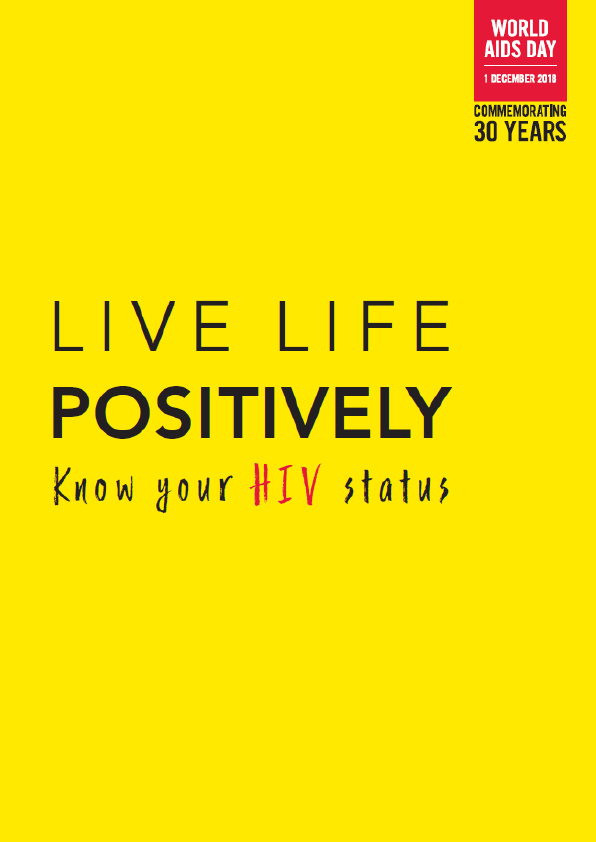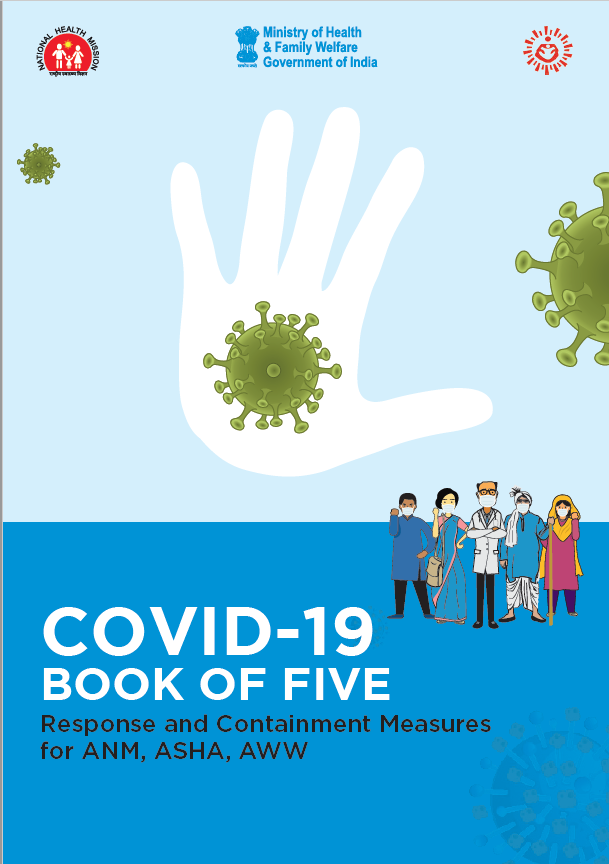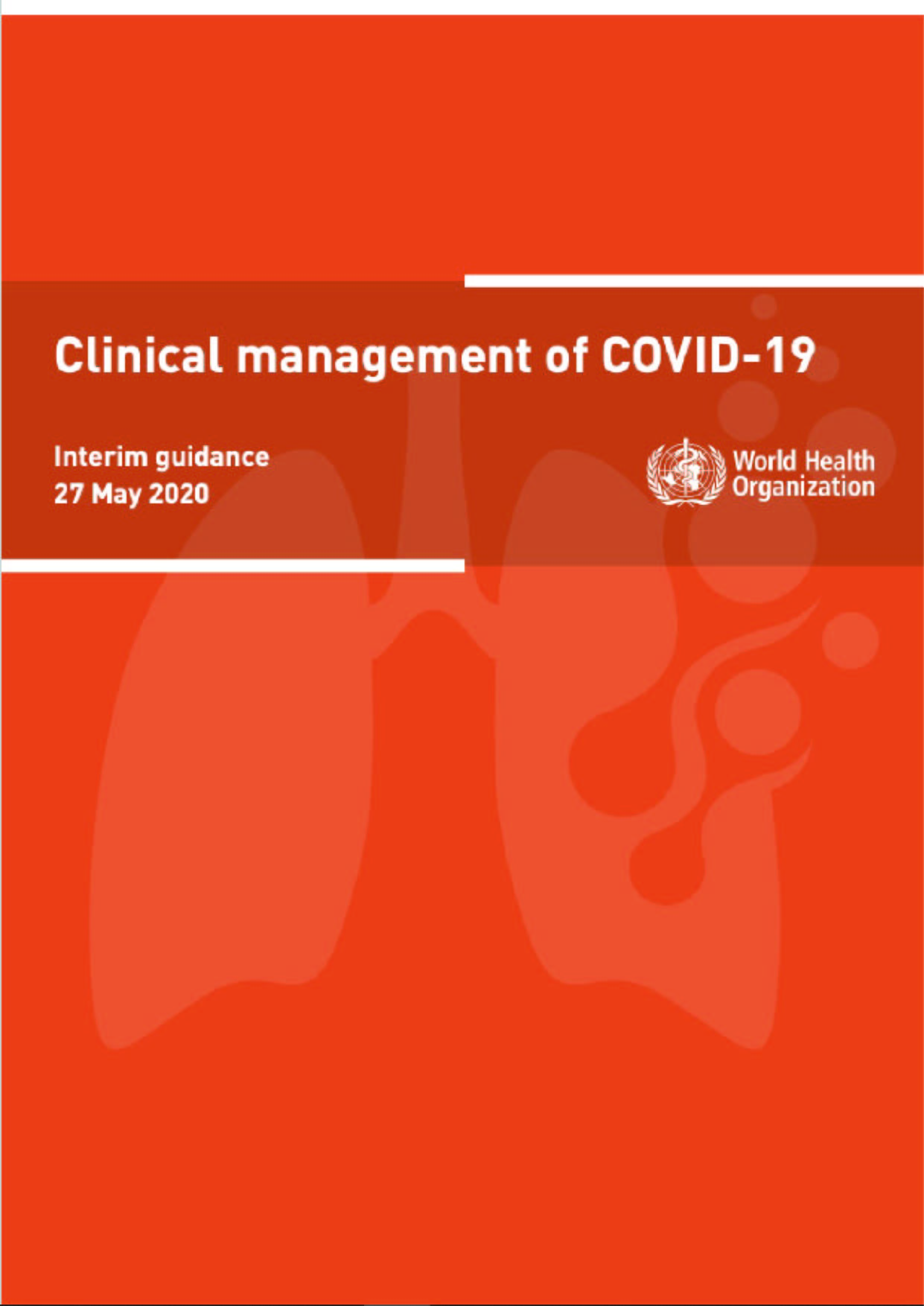Many individuals who seek treatment in behavioral health settings have histories of trauma, but they often don’t recognize the significant effects of trauma in their lives; either they don’t draw connections between their trauma histories and their presenting problems, or they avoid the topic altogether. Likewise, treatment providers may not ask questions that elicit a client’s history of trauma, may feel unprepared to address trauma-related issues proactively, or may struggle to address traumatic stress effectively within the constraints of their treatment program, the program’s clinical orientation, or their agency’s directives.
By recognizing that traumatic experiences and their sequelae tie closely into behavioral health problems, front-line professionals and community-based programs can begin to build a trauma-informed environment across the continuum of care. Key steps include meeting client needs in a safe, collaborative, and compassionate manner; preventing treatment practices that retraumatize people with histories of trauma who are seeking help or receiving services; building on the strengths and resilience of clients in the context of their environments and communities; and endorsing trauma-informed principles in agencies through support, consultation, and supervision of staff.
This Treatment Improvement Protocol (TIP) begins by introducing the scope, purpose, and organization of the topic and describing its intended audience. Along with defining trauma and trauma-informed care (TIC), the first chapter discusses the rationale for addressing trauma in behavioral health services and reviews trauma-informed intervention and treatment principles. These principles serve as the TIP’s conceptual framework.
Scope of the TIP
Many individuals experience trauma during their lifetimes. Although many people exposed to trauma demonstrate few or no lingering symptoms, those individuals who have experienced repeated, chronic, or multiple traumas are more likely to exhibit pronounced symptoms and consequences, including substance abuse, mental illness, and health problems. Subsequently, trauma can significantly affect how an individual engages in major life areas as well as treatment.
This TIP provides evidence-based and best practice information for behavioral health service providers and administrators who want to work more effectively with people who have been exposed to acute and chronic traumas and/or are at risk of developing traumatic stress reactions. Using key trauma-informed principles, this TIP addresses trauma-related prevention, intervention, and treatment issues and strategies in behavioral health services. The content is adaptable across behavioral health settings that service individuals, families, and communities—placing emphasis on the importance of coordinating as well as integrating services.
Intended Audience
This TIP is for behavioral health service providers, prevention specialists, and program administrators—the professionals directly responsible for providing care to trauma survivors across behavioral health settings, including substance abuse and mental health services. This TIP also targets primary care professionals, including physicians; teams working with clients and communities who have experienced trauma; service providers in the criminal justice system; and researchers with an interest in this topic.











